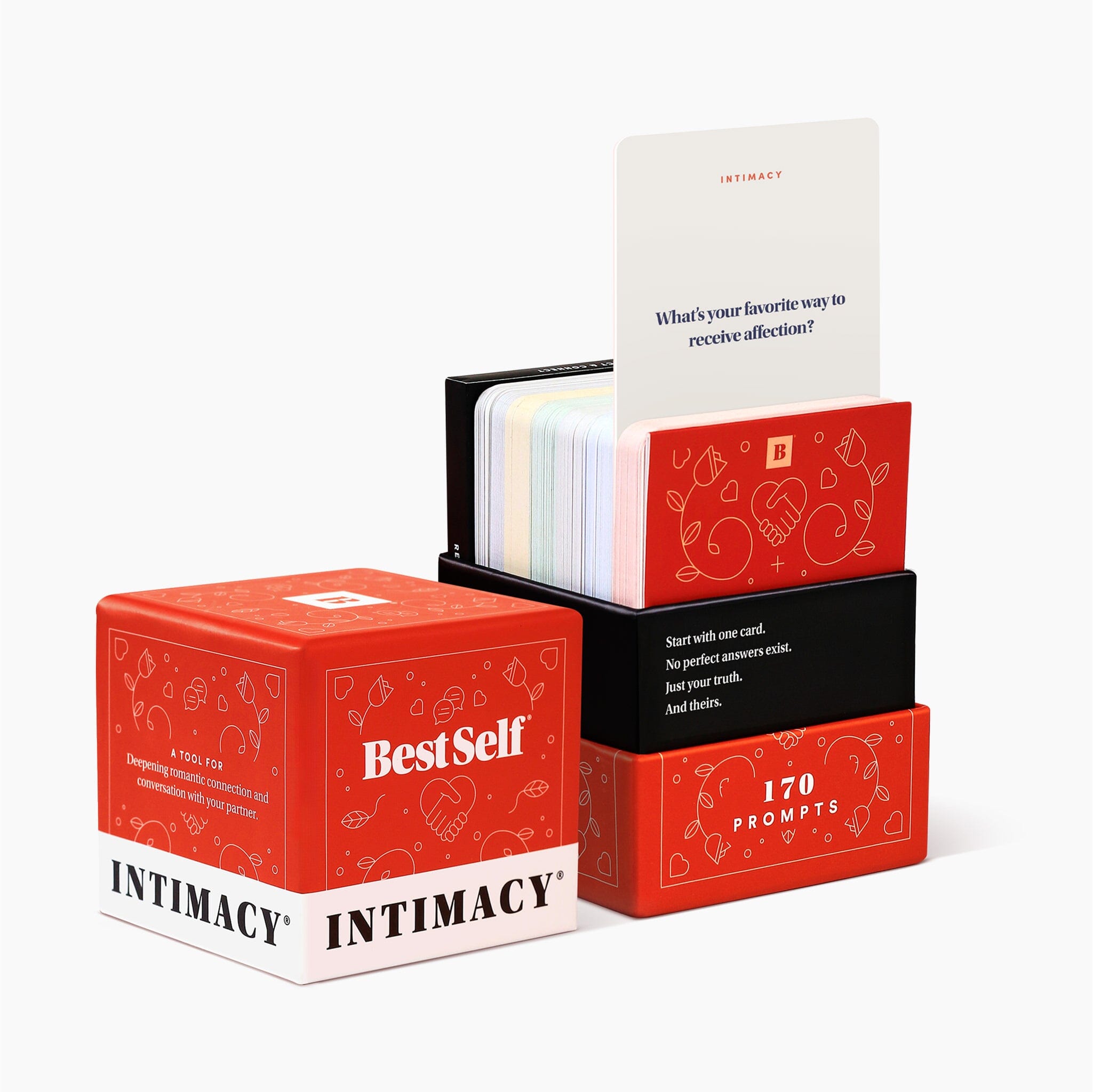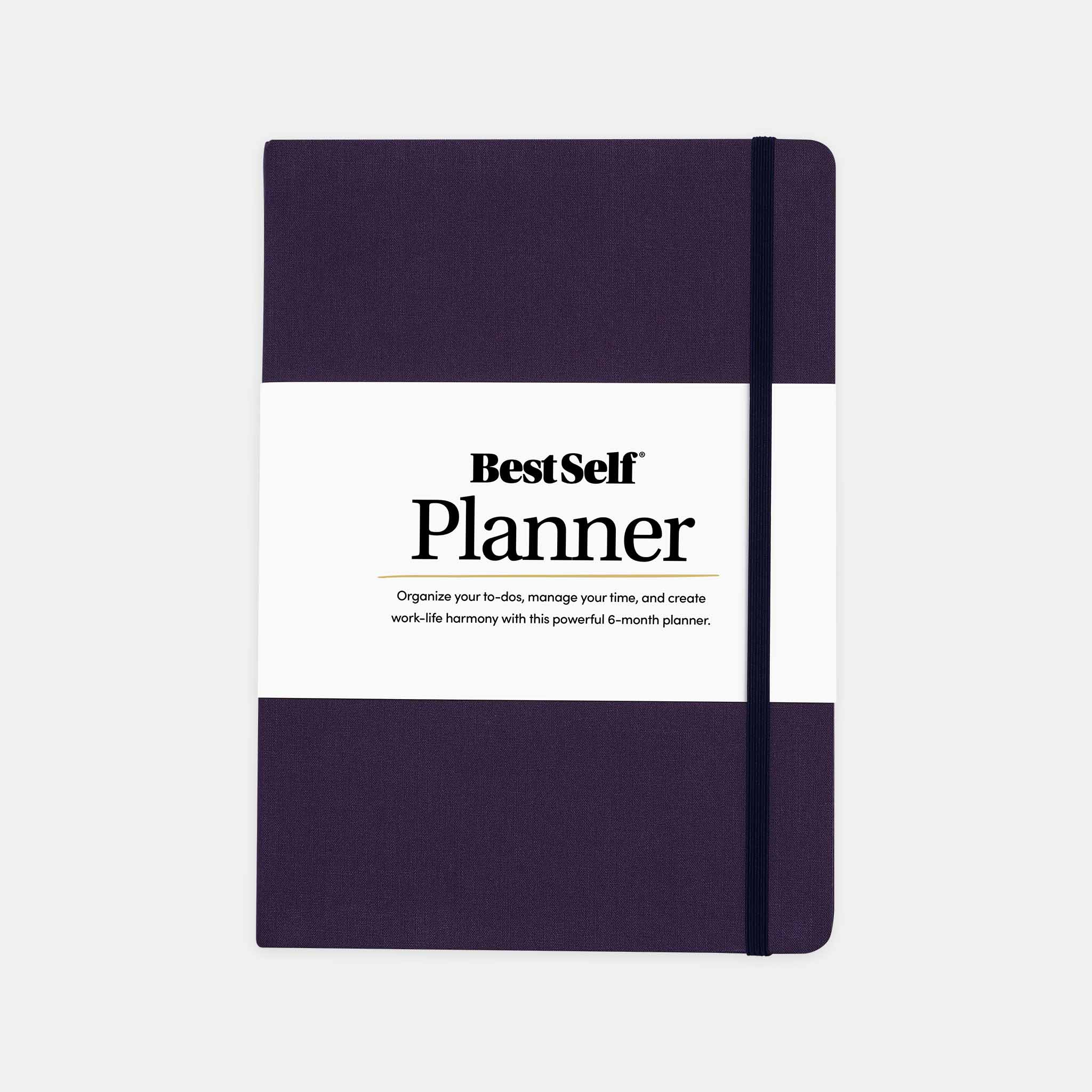Achieve your professional development goals with BestSelf. Learn practical steps to set, track, and accomplish your career and personal growth objectives.
Setting and achieving professional development goals is an important step in growing your career and personal development. These goals help you stay focused, motivated, and on track to reach your best. Here's how you can successfully set and achieve your professional development goals.
Understanding Professional Development Goals
Professional development goals are goals that help you better your skills, knowledge, and knowledge in your career. These goals can be short-term or long-term and should align with your career goals and personal growth.
Here are some key reasons why setting professional development goals is important:
- Clear Path: Goals provide a clear path and direction for your career growth.
- Drive: Having specific goals keeps you motivated and focused on your career progression.
- Skill Improvement: Goals help you identify and work on areas where you need improvement.
- Career Growth: Reaching your goals can lead to promotions and new chances.
It's essential to set SMART goals, which are:
- Specific: Clearly define what you want to achieve.
- Measurable: Ensure you can track your progress.
- Achievable: Set realistic goals that are attainable.
- Relevant: Align your goals with your career aspirations.
- Time-bound: Set a deadline for achieving your goals. For more details on setting SMART goals, you can refer to this guide.
Setting Clear and Achievable Professional Development Goals
Here’s how you can set clear and realistic goals:
- Identify Your Goals: Understand what you want to achieve. This could be learning a new skill, getting a certificate, or moving into a management role.
- Make Your Goals Specific: Vague goals can be hard to achieve. Instead of saying, “I want to improve my skills,” say, “I want to complete an advanced Excel course within three months.”
- Set Measurable Milestones: Break your goals into smaller, measurable steps. This helps you track progress and stay motivated. For example, if your goal is to improve public speaking, set milestones like attending a workshop or giving a presentation.
- Ensure Your Goals Are Realistic: While it’s good to aim high, make sure your goals are realistic. Consider your current skills, resources, and time availability.
- Make Your Goals Relevant: Align your goals with your career aspirations and personal values. This ensures that your efforts contribute to your long-term objectives.
- Set Time-Bound Targets: Give yourself a deadline to create a sense of urgency. For instance, “I will complete my project management certification by the end of the year.”
Developing a Plan to Achieve Your Goals
Once you have set your professional development goals, it’s time to develop a plan to achieve them. Here’s how:
- Make a Plan: List the steps you need to take to reach your goals. This could include signing up for courses, finding a mentor, or getting hands-on experience. For more tips on planning, check out this article.
- Prioritize Your Tasks: Focus on the most important tasks that will have the biggest impact on achieving your goals. Use tools like the BestSelf Planner to organize and prioritize your tasks effectively.
- Allocate Time for Development: Dedicate specific time slots in your schedule for activities that contribute to your professional development. Consistency is key to making steady progress.
- Seek Support and Resources: Don’t hesitate to ask for help. Join professional networks, attend workshops, and use resources like the Self Journal to stay on track.
- Monitor Your Progress: Regularly review your progress and adjust your plan as needed. Celebrate small victories along the way to stay motivated.
- Stay Committed: Achieving professional development goals requires dedication and persistence. Stay focused on your objectives and keep pushing forward, even when faced with challenges.
By setting clear goals and developing a detailed plan, you can make significant strides in your professional journey. Remember, the tools and products offered by BestSelf can support you in your quest for growth and success.
Track Your Progress
Achieving professional development goals is a journey that requires consistent tracking and reflection. Here are some effective ways to track your progress:
- Set Milestones: Break down your main goals into smaller, manageable milestones. This makes it easier to track progress and stay motivated. For more tips on goal-setting, you can read this quick guide.
- Use a Planner or Journal: Keeping a dedicated planner or journal helps you document your goals, milestones, and daily achievements. Products like the Self Journal from BestSelf can be a great tool for this.
- Regular Reviews: Schedule regular check-ins with yourself. Weekly or monthly reviews can help you assess what’s working and what needs adjustment.
- Feedback: Seek feedback from mentors, peers, or supervisors. External perspectives can provide valuable insights into your progress.
- Adjust as Needed: Be flexible. If you find that certain strategies aren’t working, don’t hesitate to adjust your approach.
By consistently tracking your progress, you can stay aligned with your professional development goals and make necessary adjustments along the way.
Adjust as Needed
Flexibility is key to achieving your professional development goals. Sometimes, things don’t go as planned, and that’s okay. Here’s how to adjust your goals effectively:
- Evaluate Regularly: Regularly assess your goals and progress. Determine if your goals are still relevant and achievable.
- Be Open to Change: Be willing to adjust your goals based on new information or circumstances. Flexibility allows you to adapt and stay on the path to success.
- Set New Goals: If you’ve achieved your initial goals or if they’re no longer relevant, set new ones. Continuous growth is essential for long-term success.
- Stay Positive: Maintain a positive mindset. Adjustments are a normal part of the journey, not setbacks.
- Use Tools and Resources: Utilize tools like the BestSelf Planner to help you stay organized and focused as you adjust your goals.
Remember, achieving professional development goals is a journey. Stay committed, be flexible, and use the right tools to help you succeed.
Celebrate Your Achievements
Celebrating achievements, no matter how small, is crucial for maintaining motivation and a positive mindset. Here are some ways to celebrate your achievements:
- Reflect on Your Journey: Take time to reflect on how far you’ve come. Acknowledge the hard work and dedication you’ve put in.
- Share Your Success: Share your achievements with friends, family, or colleagues. Celebrating with others can amplify the joy and provide additional motivation.
- Reward Yourself: Treat yourself to something special. It could be as simple as a nice meal, a day off, or a new book.
- Document Your Success: Use tools like the Self Journal to document your successes. This creates a record of your accomplishments that you can look back on.
- Set New Goals: Once you’ve achieved a goal, set new ones. Continuous growth keeps you moving forward and prevents stagnation.
Celebrating your achievements not only boosts your morale but also reinforces positive behaviors and habits that contribute to ongoing professional development.




































